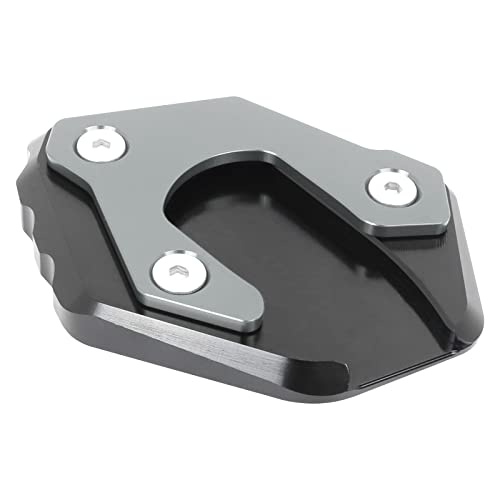jeremybhm
Well-known member
No pithy response -- but, to keep the 'sermon' going: It's not so much about the brakes -- but rolling off the throttle. Keeping one, two, or three fingers on the throttle while using the front brake lever invites keeping the throttle 'on' while braking. Since you can't 'come' and 'go' at the same time it's really a bad thing to do.
Contrarily, using all four fingers of the right hand on the front brake lever 'automatically' rolls off the throttle -- what you really want to do when slowing and braking.
I offer, also, that using all four fingers of the right hand on the front brake lever provides more riders with a better ability to modulate brake performance.
ymmv :blink:
Doesn't the whole braking and rolling off the throttle simultaneously method serve a completely different purpose than the emergency stopping procedure that Jill is describing?
It's more a part of the ten steps to cornering that Lee Parks describes. The goal of applying brake and throttle at the same time, if only for a second, is to keep the suspension smooth and not make the front end dive and sacrifice cornering clearance. Sure your shedding some speed at as part of that process, but stopping isn't on the agenda(hopefully)...
Of course, if someone is pulling out in front of you, in your lane, or whatever, forget the suspension, lock it down with all 4 digits and let the ABS take over. I tend to stick with two fingers for the braking that requires finesse though.
Ten steps for reference excerpted and paraphrased from 'Total Control':
1 - reposition inside foot up on the peg so it won't scrape
2 - pre-position body to the inside of the center line of the bike
this is really un-natural feeling for me, and requires alot of effort, but also usually results in not scraping the aforementioned pegs/boots
3 - push on the outside grip to balance bike while waiting for turn-in point
4 - locate turn-in point (brief spotlight vision)
this will work whether you take the righty tighty line or a late apex line. i've practiced both methods at different points in time, and I am not startled if a vehicle comes around the turn partially in my lane or even if they are just crowding the line if I take the late apex line. I swear it just seems like I have more time to deal with it. Of course, maybe I'm just riding alot slower because I'm thinking about all these steps...
5 - look through the turn (switch back to floodlight vision)
unless the turn is a super tight hairpin, this seems to slow things down so you can deal with obstacles or other needed changes in the your line, almost Matrix speed, especially if you've kept the suspension level (or mostly level) throughout this process, you'll still have alot of maneuvering control at this point.
6 - relax the outside grip at the turn-in point
7 - push the inside grip to attain your required lean angle
8 - roll on the throttle as you release the brake keeping in mind available traction at current lean angle
9 - push the outside grip to bring the bike back up
10 - move body back to centerline of bike after bike is upright





















































